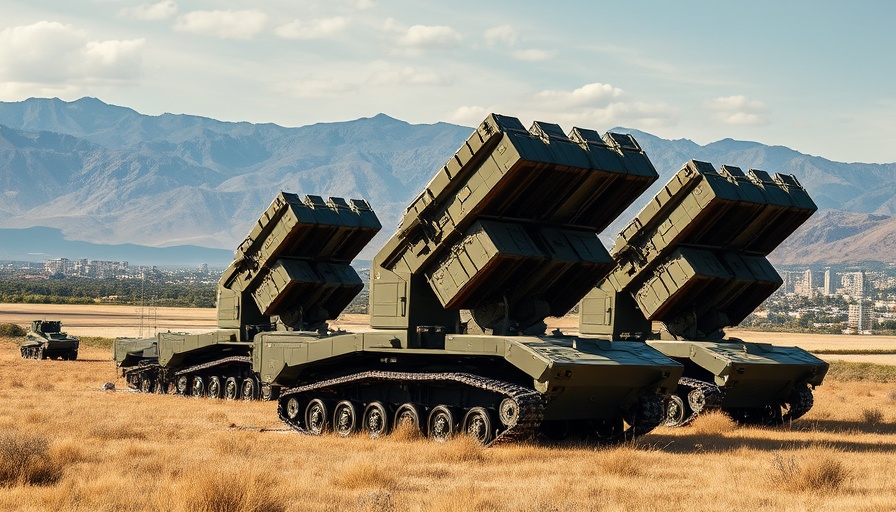
Unconventional Warfare: The Bus in Battle
In a striking turn of events on the battlefield in Ukraine, Russian troops are increasingly relying on civilian vehicles, with the most eye-catching being a yellow school bus. This unusual choice reflects the dire shortage of armored fighting vehicles (AFVs), which Russian forces have faced since the escalation of the conflict. Analysts suggest this tactic is a sign of desperation as stocks of effective military equipment dwindle.
The Reality of Troop Transport
The choice of using a school bus raises questions about its effectiveness as a military transport. As noted by military analyst Jakub Janovksy, civilian vehicles provide little in terms of protection or firepower. While they might offer an alternative to foot travel, their vulnerabilities make them easy targets for Ukrainian drones, emphasizing the risks involved in deploying such unarmored vehicles in combat zones.
Historical Context on Civilian Vehicles in Warfare
Historically, the militarization of civilian vehicles is not a new phenomenon. Groups like ISIS have utilized modified civilian transport in combat, often enhancing protection to withstand enemy fire. However, Russian forces appear to have opted for a less fortified approach, which may expose them to increased casualties and operational failures. This adaptation may stem from a lack of available resources, as verified reports indicate considerable losses in Russian military assets throughout the ongoing conflict.
Current Inventory Shortages
Russia's military has sustained significant losses, with over 17,000 vehicles reported lost since the conflict intensified. The realities of sanctions have further hampered Russia's ability to replenish its military inventory. While the Kremlin has attempted to refurbish Cold War-era hardware, many of these vehicles remain in poor condition. The landscape of warfare thus transforms; battlefield roles once reserved for well-built AFVs are now assigned to unassuming vehicles that have little ability to withstand modern military tactics.
The Implications of These Developments
This peculiar strategy not only highlights logistical challenges faced by Russian forces but also brings attention to the larger patterns of military adaptation in warfare. As technologies evolve—like drones and anti-drone measures—the lessons learned from these deployments will influence future military engagements. Understanding the interplay between resource allocation and tactical innovation is pivotal for both defending and attacking forces.
The landscape of modern warfare is changing, and while the use of a school bus in conflict may seem absurd, it underscores the lengths to which military leaders go to sustain their operations. This evolving context presents a myriad of questions about the future of military technology and warfare tactics, especially as nations adapt to resource constraints.
 Add Row
Add Row  Add
Add 




Write A Comment